The ruins and grounds of Vat Phu, in Champasak, Laos, are a uniquely aesthetic and ancient Khmer Hindu site. Like many vintage earth spaces, strolling around and absorbing the open-air energy and its ancestral remnants, provides for great pondering.
How different was life here compared to now? Was the collective consciousness more prevalent? Did people live in peace? Were there extreme hierarchical systems? Were people sacrificed to potentially fictitious Gods? Were rulers playing silly games? Or were they genuinely honest?
It’s fun to use our imagination and intuition, even if we can never know.
If you’ve been to any of these wondrous sites, you’ve probably noticed many birds congregating as if there are not only physical ruins to gaze on, but also a leftover and lingering energy from yesteryear.
I started off on foot from the center of Champasak Town. Like usual, I assumed I’d try to walk.
After getting a third of the way there at best, I thought the road in front of me to be potentially unsafe. Mild-morning rush hour featured motorbikes, tuk tuks, tuk tuks with sidecars, cars, vans and trucks moving fast. There were no sidewalks on the country road.

It was a kilometer or so past this bridge when a gut reaction spoke.
My intuition told me to turn back when an almost-automated drifting mantra kicked in:
Don’t do anything foolish.
The spurt of mindfulness caused me to turn in my tracks. It was that simple. I don’t like the idea of walking along dusty, vehicle-laden roads sans sidewalks. Also, I began to feel the dense, heat. Champasak is a hot town this time of year.
By the time I got back to the guesthouse, I was exhausted from the walk. I couldn’t help but feel the stark humidity. It was only 8:30 a.m.
Champasak is on a wide Mekong River stretch at 14° north of the equator. Its weekish-long winter ended many weeks ago.
The next day I set out just after the crack of dawn. I rented a mountain bike at the River Resort for 60 k Kip ($3.75). From there I easily made the 13 km (eight mile) roll during the perfectly warm start of the day.
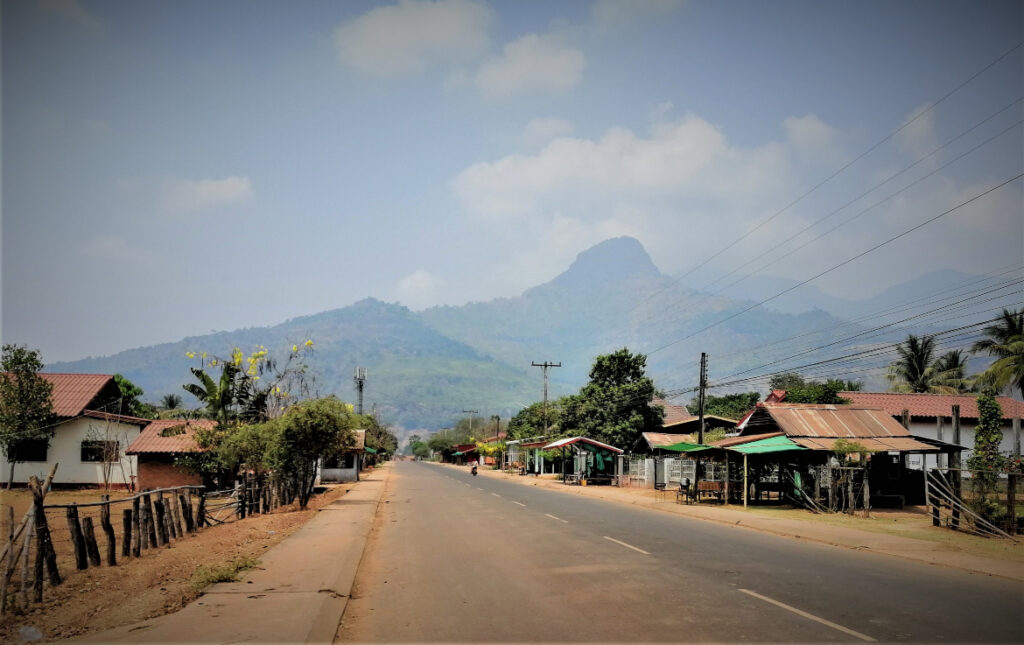
When you see this small phu (mountain), you’re 2 km from the site. This photo was taken on the way back, probably close to 11:00 a.m. If you get to this spot around 8 a.m., there’s typically no blue sky, so you don’t feel the scorching sun.
I paid the entry fare of 50 k Kip ($3) and thought:
This is less than half of what I paid to enter the ruins of Zaculeu.
The price was fair.
Since I was the first person to enter the grounds at 8 a.m., I had it all to myself for the first hour.
Because this southern Lao World Heritage Site isn’t the easiest area to get to, it’s not over touristy.
After purchasing the ticket, I was led to a van that drives visitors a short distance along a manmade lake and up to the temple ruins. On the way back you have to walk.
I was the only tourist in the van. Other than some workers or permanent inhabitants, I was the only traveler on site.
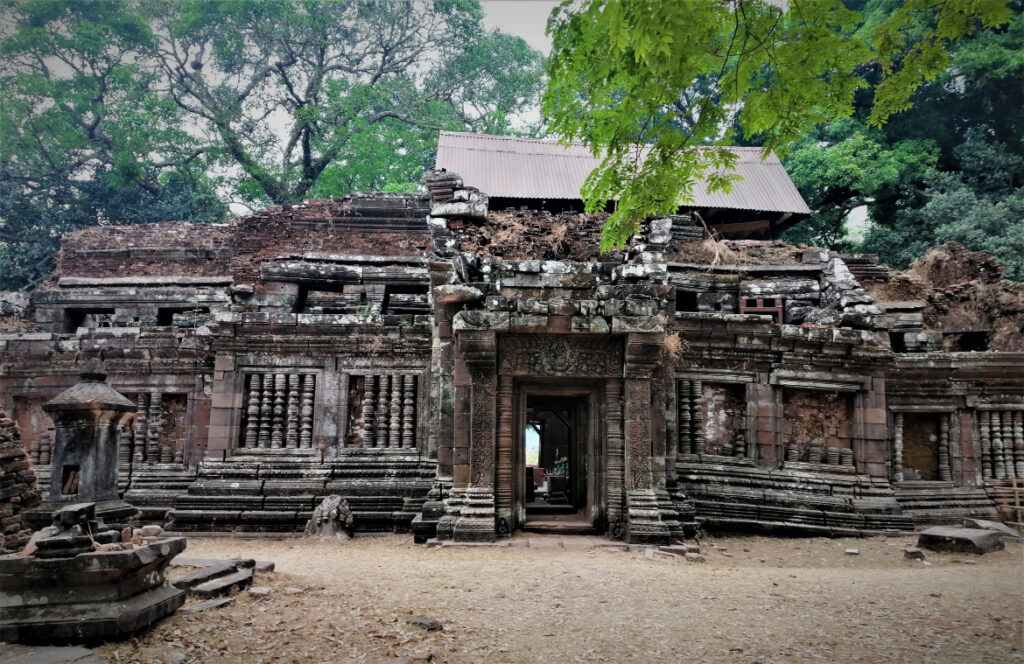
As I began the stroll in those aged hills, I thought:
It’s best to stay near a site like this and get there when it opens. This is better than taking the tourist van from Pakse. I wouldn’t have arrived till maybe 9:30 a.m., and wouldn’t have had the place to myself. And that’s when the age-old sun starts its serious heat-up effect .
The weather was still perfect, I wandered up and around the superannuated site for an hour-and-a-half.
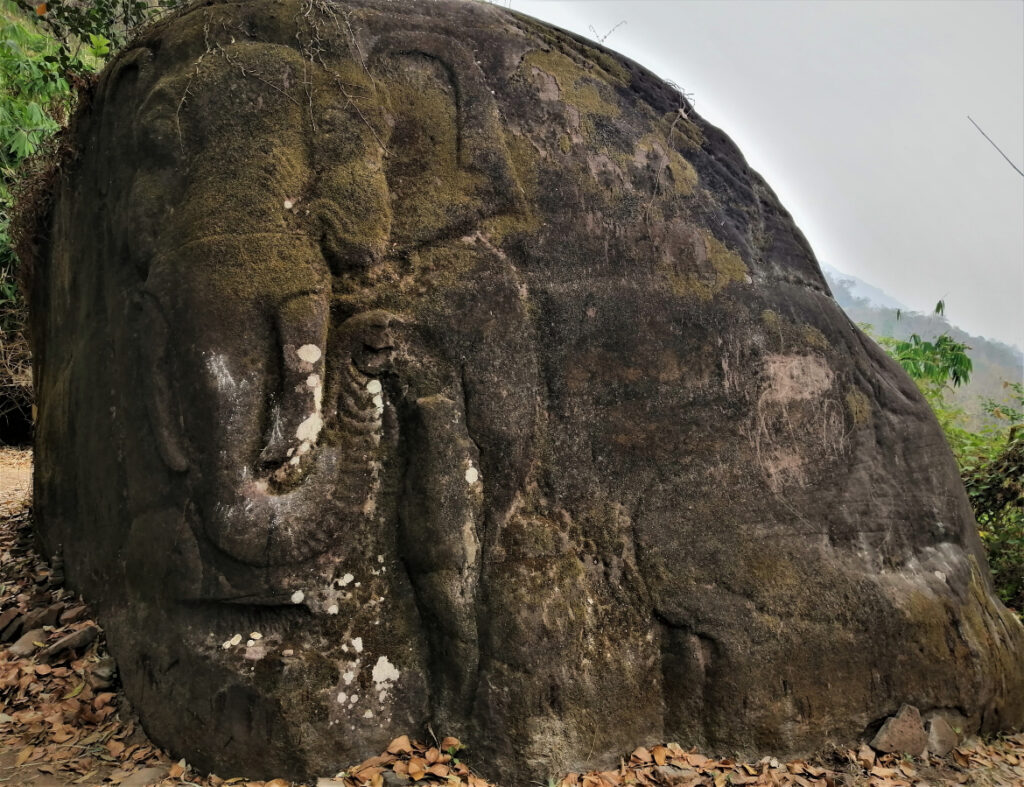
At 9:30 a.m. I was on my way back and admiring the pleasingly aesthetic walkway. That’s when I came across a French photographer who was making his way up, in the opposite direction. He graciously snapped a shot for me.
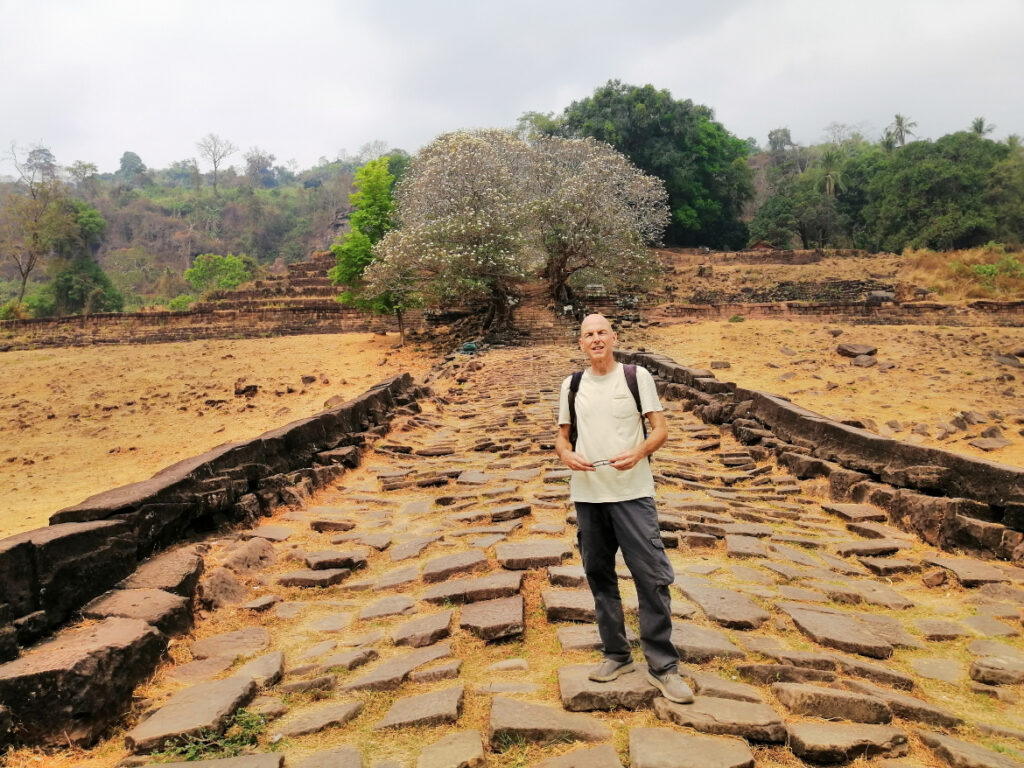
After shooting the breeze about Laos compared to the western world, the sun started to dissipate the cloud cover.
Our Sun God got more unforgiving by the moment. The Frenchman needed to make his way up. And I still had the second stage of a bike-ride to complete, to get back to the guesthouse in the tiny center of idyllic Muang Champasak.
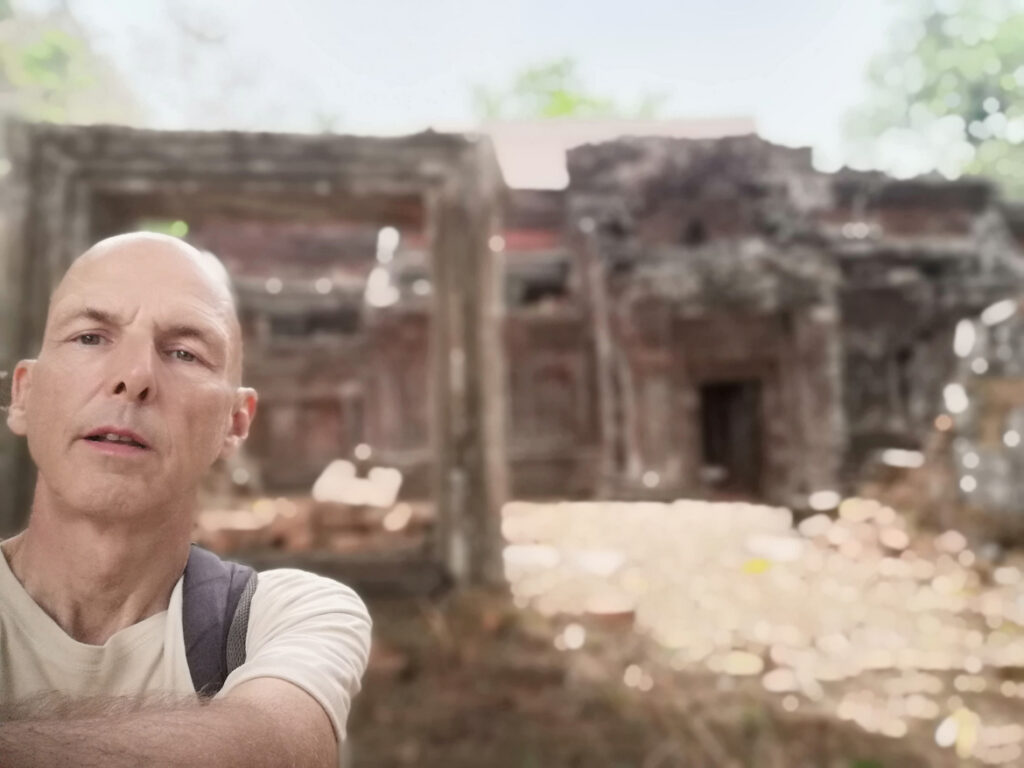
Note to self: Get a selfie stick.
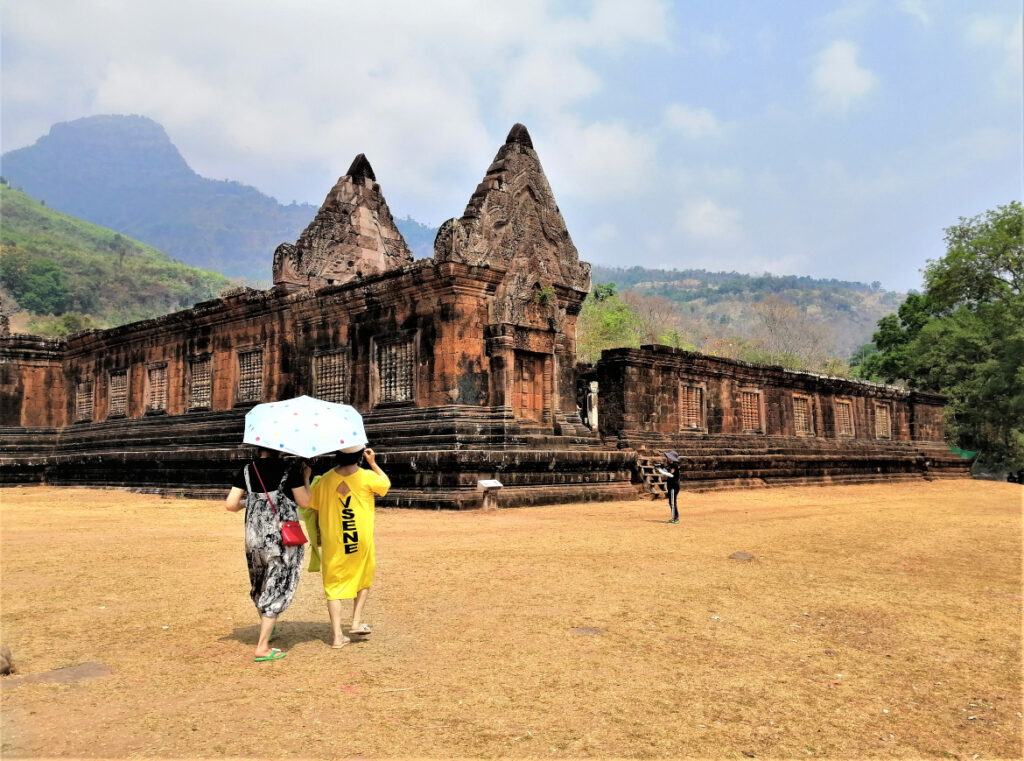
As I made my way down, the sun got hotter. These regional tourists are fully aware of the need for sun protection. The one on the right has a good idea about wearing light, vitamin D absorbable clothing.
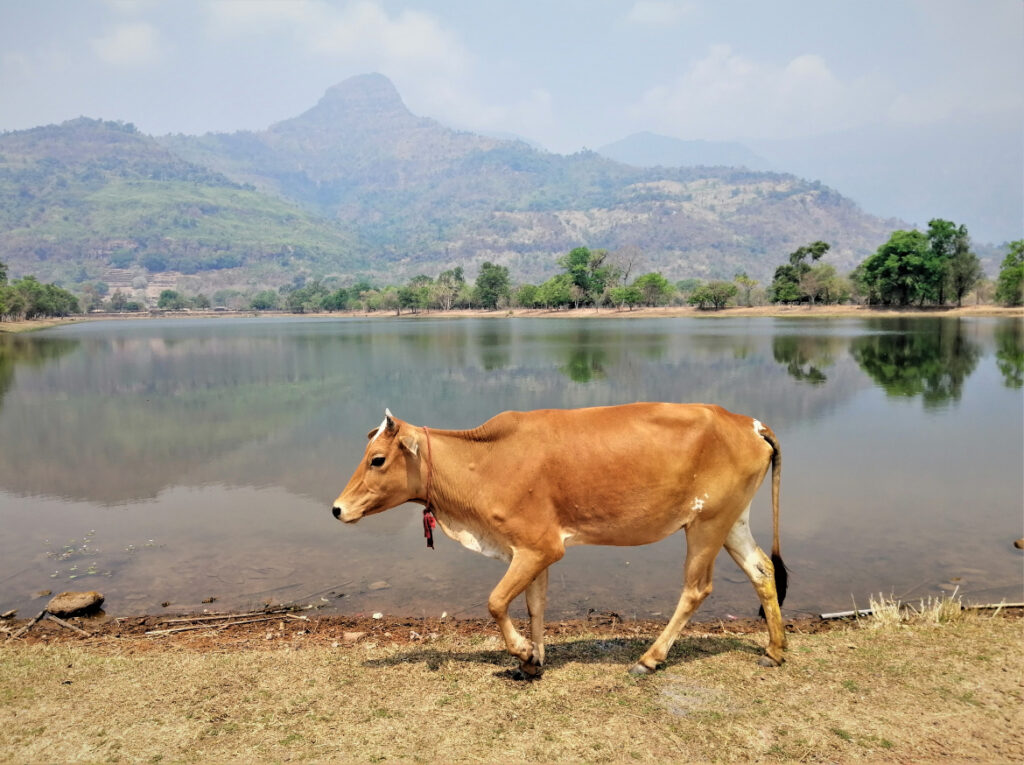
To get back to the main area you need to walk in these idyllic surroundings. This cow wasn’t bothered by my presence; although I got a little look that I believe conveyed:
Please keep your distance.
I love these stoic animals.
These cows have no idea that they must be among some of the most-liberated and happiest bovine beings on earth. Although modern day Laos is predominantly Buddhist, Vat Phu is a Hindu sight.
After getting back on the bike and riding a short way, I felt exhausted. I was literally engaging in a makeshift biathlon. The third and final leg began as the sun’s harshness took hold of my awareness.
I stopped on the side of the road and bought a bunch of small bananas.
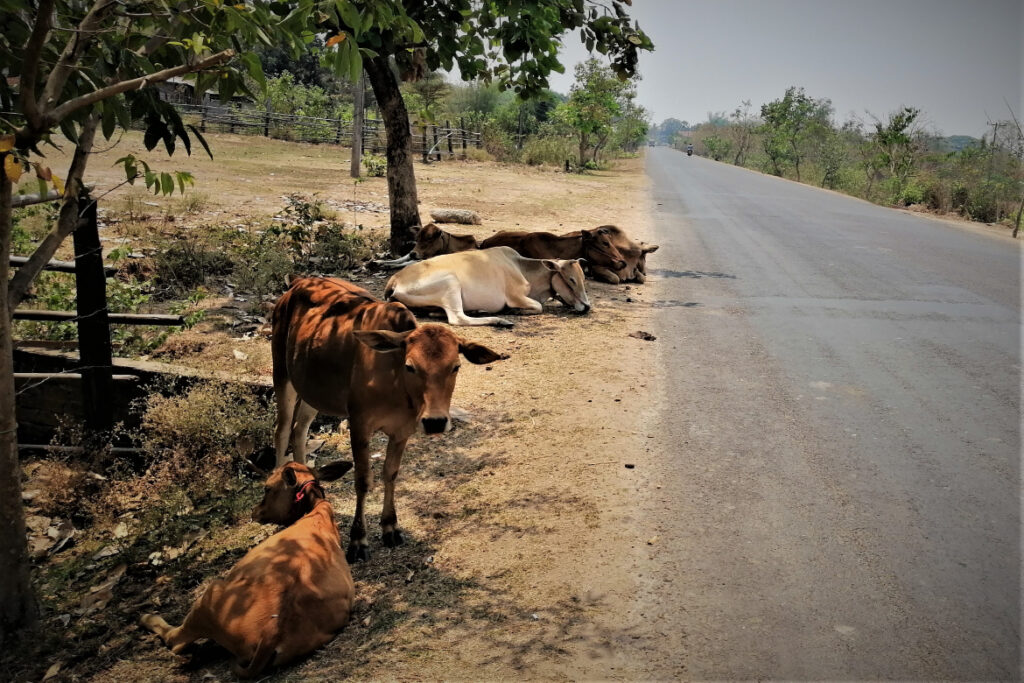
Here I stopped and ate half the bananas. With a little shade left, liberated cows rested after a morning of grazing. Only the one standing was concerned by my presence. He must have been wondering why I stopped right there.
I then pedalled down the road a bit, and spotted a couple of little kids.
Sabai dee! Take these fresh bananas.
I smiled. They looked in awe. I waved.
Chok dee! Bye!
Their wide smiles contributed to a maverlous morning.
I imagined the bike had a basket for my backpack, contributing to my riding integrity. The heat became overbearing. I must have had 10 km to go. That’s when I recalled what I ‘d read in James Nestor’s: “Breath: The New Science of a Lost Art“
Paying heed to Nestor’s sage advice, I closed my mouth and kept my tongue rested where the gums meet the inner part of the two front teeth. I focused on nose breathing. Breathe in for five seconds. Hold for five seconds. Breathe out for five seconds. There are no precise amount of seconds, the more the better. Hold again. Repeat.
Since the action was pedaling, I focused on that and nose-only breathing. I didn’t allow the option of respiration through the mouth, even on slow exhales.
The concentration allowed me to cruise into a state of flow. I felt my thigh muscles strengthening. Adrenalin had kicked in. Exclusive nose breathing enhances cardiovascular integrity.
Due to only thinking about pedaling and nose breathing, the ride under the relenteless, low-land tropical sun felt like it took no time at all. Before I knew it, the river resort was in front of me.
It was 11:15 a.m. I had the bike rental for the day. But I was done with it
Where am I gonna pedal to? Absolutely nowhere.
I felt grateful to have come across Nestor’s book a couple of years back.
I walked for five minutes along the Mekong road, to my temporary drift pad. There I snoozed for a solid two hours before heading to the mosquito-infested, but otherwise nice ‘Champasak With Love‘ outdoor, shaded, café/restaurant, right on our earth’s mighty-wide Mekong.
A UNESCO World Heritage Site
Vat Phu is a UNESCO World Heritage Site. The original temple was built in the 5th century, and then rebuilt in the 11th. This Lao-Khmer site is a diminutive cousin of the world-renowned Angkor Wat outside of Siem Reap, Cambodia, 286 km away.
How to Get to Vat Phu
The easiest way to visit Vat Phu from Pakse is with the tourist van on a day trip. They give you 2.5 hours at the site. The southbound ride is an hour or more each way. I opted to to stay overnight in Champasak, so I took the local songthaew from Dao Hueang Market, COST: 50 k Kip ($3), one-way.
The journey took around three hours. This included waiting on the songthaew for an hour before we departed.

The songhtaew driver told me to get in, and that we’d be leaving soon. He took my backpack and assembled it on top of the vehicle. This was my view for around an hour before we left, since I was the first person in.
Southern Laos is not the easiest area of the world to travel around in, but with patience and an early enough start, you’ll get to your destination.
You can go to Vat Phu by staying overnight in Champasak or opting for the easier tourist-van, morning excursion from Pakse’s center. Either way, wandering Vat Phu’s grounds and admiring its timeworn earth design, allows for a valuable peek into yesteryear.
Here are more photos from Champasak and Vat Phu.
Have you been to any ancient sites on our rugged earth? Feel free to leave a comment below.
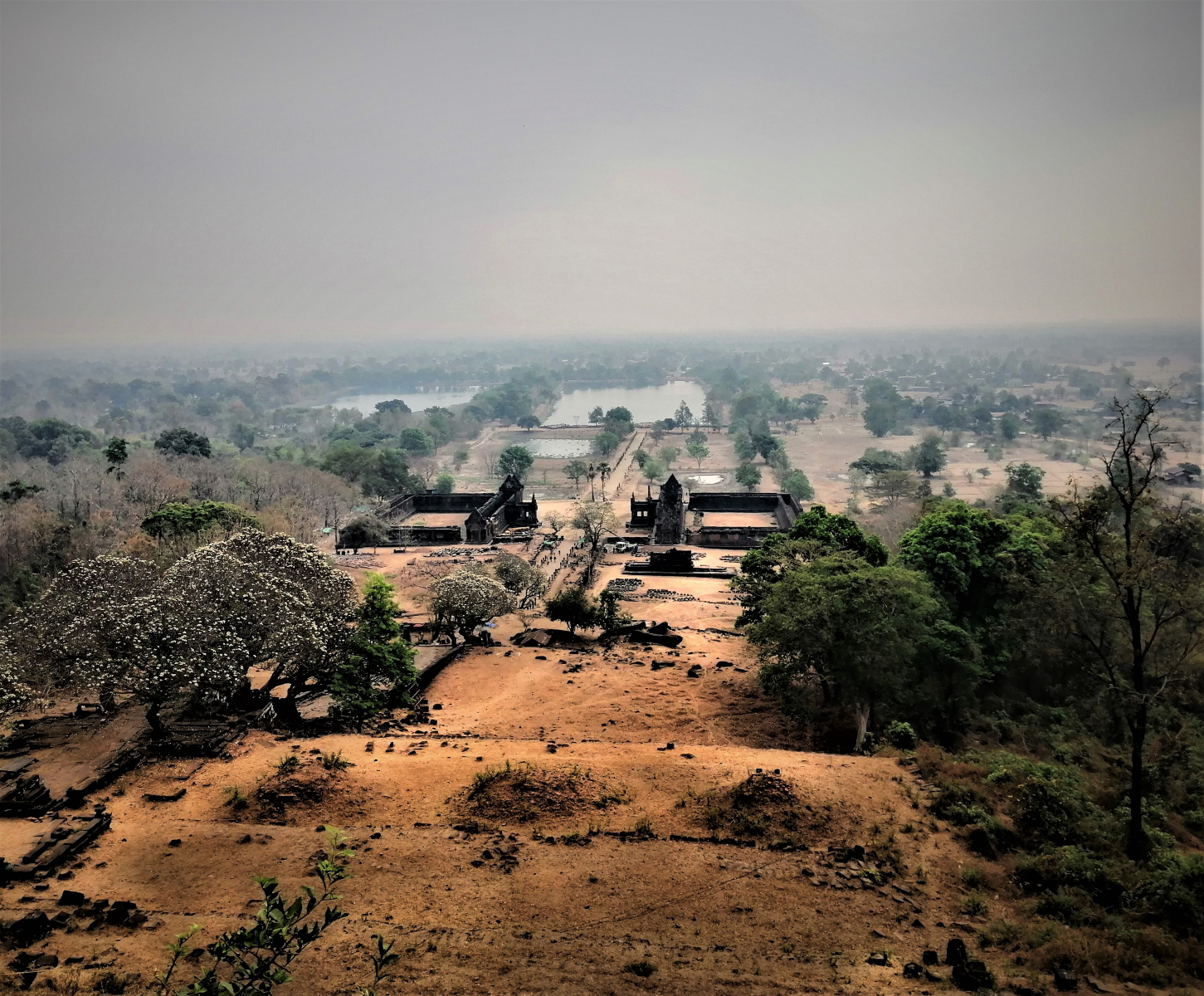
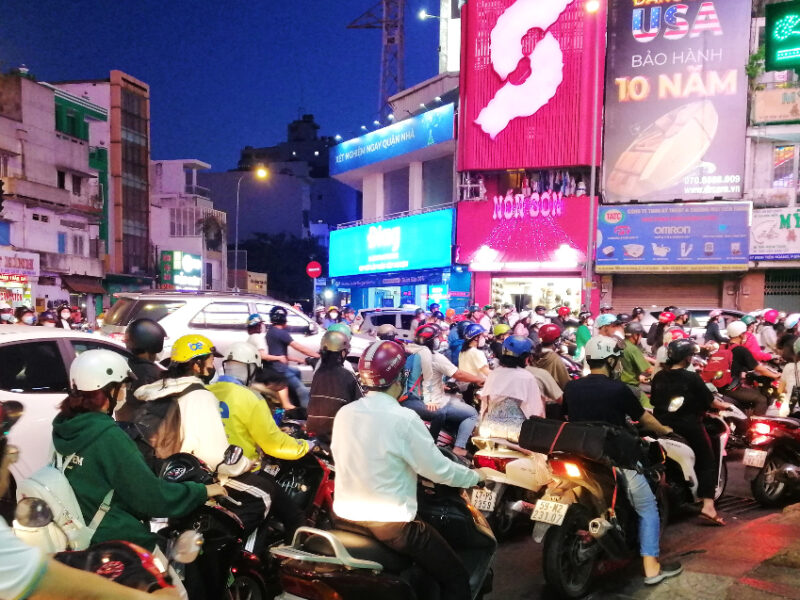

Truly Interesting! Thousand Thanks, Earth Drifter
Virkelig interessant med flotte bilder! Tusen takk, Earth Drifter!